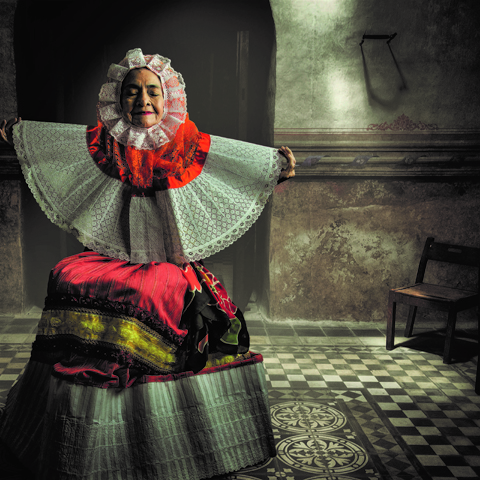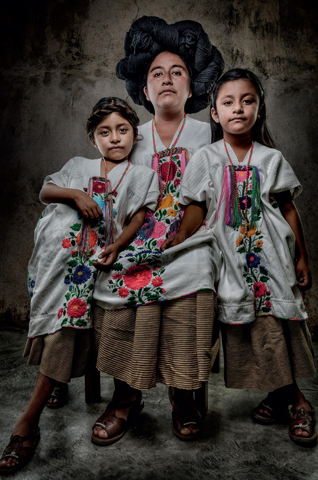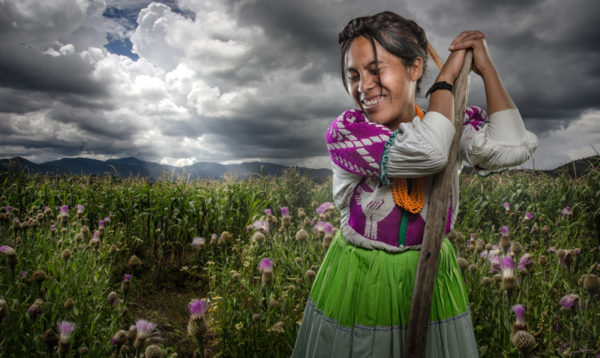
Author and photographer Eric Mindling spent two years traveling in the Oaxaca region of Mexico, documenting traditional textile practices and communities. His portraits and interviews depict the rich traditions and personal stories intertwined in the production and wearing of clothing, from the harvesting of the sea snail ink used to create the deep purple dyes to putting the finishing touches on a traditional wedding ensemble. Mindling focuses on a diverse array of communities—some that continue to teach and pass on their textile techniques and those where these customs are in danger of vanishing. Mindling, who came to FIT to discuss his work as part of this fall’s Love Your Library programming, has compiled these photos and stories in Oaxaca Stories in Cloth: A Book About People, Belonging, Identity, and Adornment.
Below are selected images from the book:




Embroidery techniques are passed down through the generations. The front is embroidered with images of animals and the sleeves with geometric patterns. The patterns, many of which only have names in the Mixtec language, are often stylized repeats of stars, mountains, and corn.
Mindling’s lecture will be on Monday, October 17, 6-8 pm in the Robert Lagary Board Room, with a book signing to follow. The book will also be available in the Barnes & Noble at FIT bookstore. For more information, click here.
